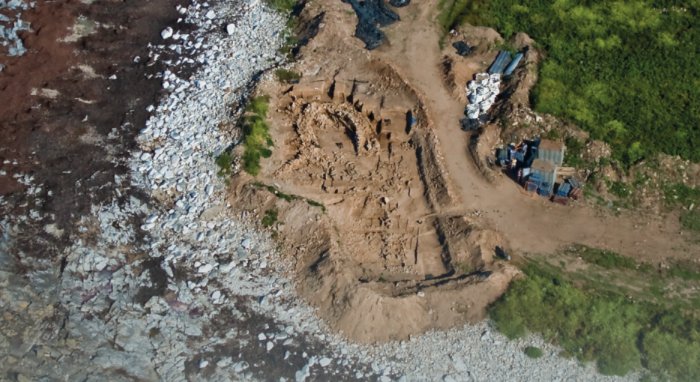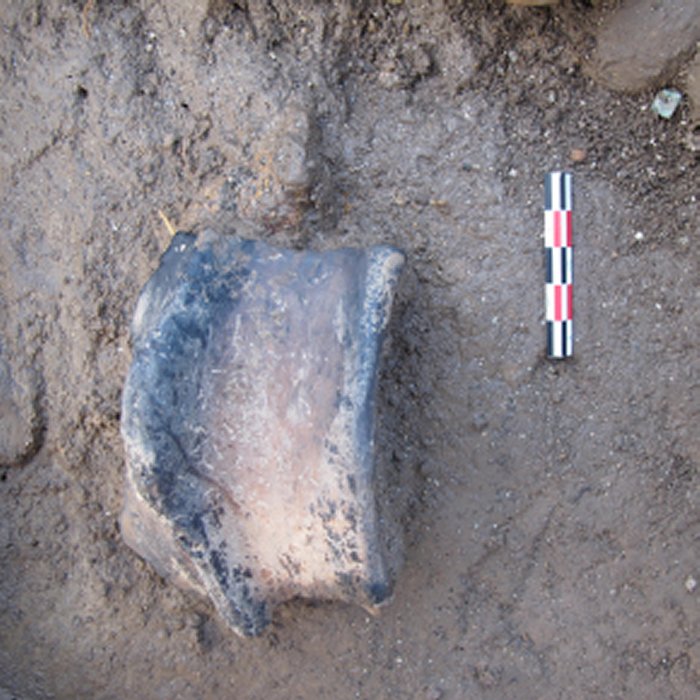Jan Bartek – AncientPages.com – The site of Beg ar Loued on the island of Molène Finistère, France, makes it possible, for the first time on the European Atlantic coast, to document the culinary practices of the end of the Neolithic and the beginning of the Bronze Age thanks to the good preservation of lipids trapped in the porous walls of ceramics.

Beg ar Loued, where the pottery was found. Credit: Comptes Rendus Palevol 2024
Extremely valuable Neolithic and Bronze Age remains have been discovered in the Molène archipelago in the recent past. Discoveries such as an exceptional concentration of megalithic monuments, habitats, fauna, ceramics, and carved stones offer clues to how people lived in this corner of the world.
The analysis of organic remains made it possible to better understand the fishing, hunting, and agriculture practices. However, there is still much to learn about the culinary practices of the Neolithic and Bronze Age people.
In a recent study, scientists analyzed the contents of pottery found at Beg ar Loued to shed light on what people ate and how they prepared their food.
The subsistence strategies of the first agro-pastoral communities have been highlighted since the beginning of the Neolithic through numerous studies on ceramic vessels’ lipid residues in various parts of continental Europe. On the other hand, very little data is available for the end of the Neolithic and the beginning of the Bronze Age on the Atlantic coast, particularly in an island context.
Molecular and isotopic analyses carried out on more than 150 ceramic samples from the Beg ar Loued site made it possible to understand the culinary practices of the populations at the end of the Neolithic and the beginning of the Bronze Age inhabiting the island of Molène( Finistère).
The results obtained show the excellent preservation of lipids in ceramics, which made it possible to identify the nature of the foodstuffs prepared and consumed. The latter is characterized by an overwhelming majority of land animal products from livestock, mainly dairy products from small ruminants whose meat was also consumed.

A piece of the ceramics discovered at the Beg ar Loued site. Credit: Yvan Pailler, UBO
Surprisingly, ceramics were not or rarely used for the preparation or consumption of seafood products. According to the science team, these results, therefore, highlight specific culinary practices with pottery, the use of which is mainly dedicated to certain foodstuffs.
Additionally, animal fats and waxes were identified in the surface layers of some vessels, demonstrating the application of specific finishing techniques incorporating several types of fatty substances.

This research is now being extended to other islands and continental sites on the Atlantic coast in order to better understand the eating habits, culinary practices, and cultural choices made by Neolithic and Bronze Age populations. as well as their evolution over time.
The study was carried out by a collective involving several CNRS laboratories in conjunction with French universities and research organizations as well as the preventive archeology company EVEHA and several insтιтutions in Spain and England and is published in the Comptes Rendus Palevol.
Written by Jan Bartek – AncientPages.com Staff Writer





